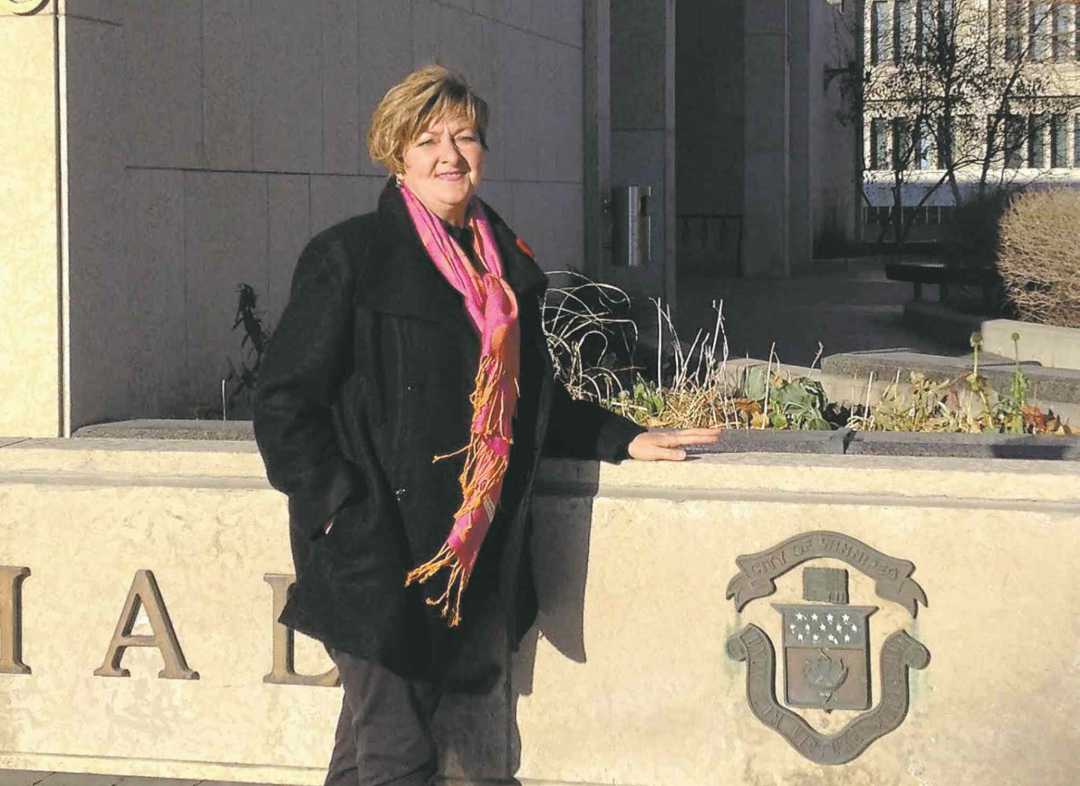A Toronto urban planner says Winnipeg’s recent spate of pedestrian deaths is a solvable problem.

Jennifer Keesmaat, who served as Toronto’s Chief City Planner from 2012 to 2017, is a proponent of Vision Zero, a multinational campaign aimed at having a highway system with no deaths or serious injuries as a result of traffic.
“It’s not something that is exclusive to any city,” Keesmaat told 680 CJOB. “This has been a problem in cities across the entire world, and the good thing is, we know we can change our cities because other cities have already done it.
“The reason that Amsterdam is such a safe city for cycling is because in the 1970s, there was a crisis of pedestrian deaths, and there was a huge outcry. Streets were redesigned, priorities were changed, speeds were reduced, and as a result, this is no longer a topic of conversation in the city, because the streets are safe.”
Winnipeg saw two more pedestrian deaths early Tuesday morning, and Manitoba Public Insurance said last week that pedestrians made up almost half of the total fatalities on local roads this year so far.
Keesmaat said there are local changes that can be easily made without expensive studies or developments.
“Winnipeg is special, but when it comes to this, Winnipeg isn’t that special,” she said.
Winnipeg can look at bringing an idea called Vision Zero to the city, she said.
“Vision Zero is about recognizing that people can make mistakes in the urban environment, and the question is, ‘should you die for those mistakes?’,” she said.
“Should someone die because they jaywalked? Should a child die because their ball rolled out into the street? The easiest thing to do to begin addressing ensuring you can have a safe city is something that can be done with the stroke of a pen.
“It’s reducing speed. We know that when we reduce speed, it gives the driver time to react and it gives the pedestrian time to react.”
Keesmaat suggested lowering residential streets from 50 km/h to 30 km/h would be a first step in the right direction, as well as narrowing the lanes on wide arterial streets.
“You can do that with paint. Just changing the paint on the street,” she said. “It shouldn’t stop there, but that’s something your city council could do this summer to save lives.”
In Toronto, she said, cyclists have been made safer by simply setting up planter boxes on some roads and separating cars from cyclists.
Locally, Coun. Janice Lukes (Waverley West) is a supporter of bringing Vision Zero principles to the city.
“We need a better education program,” Lukes told 680 CJOB.
“We don’t have a goal right now on what percentage of collisions to we want to see reduced in the City of Winnipeg this year.
“We have to set a target. We have to design our transportation system for human error, whether you be in a vehicle, or whether you’re walking.”
WATCH: Family pleads for witnesses to fatal pedestrian crash










Comments